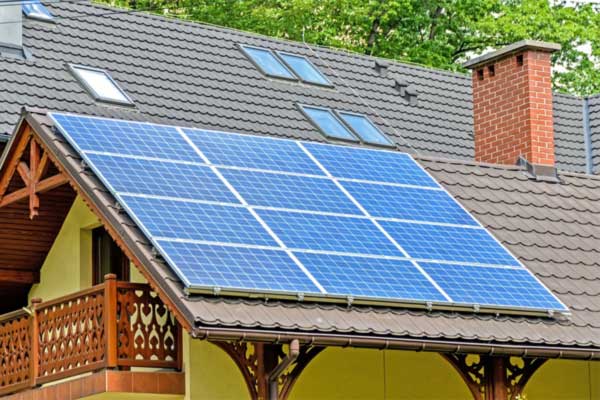North America is experiencing one of its coldest spells in recent years, with temperatures dropping to -20F(-29C). And the temperatures have been going down even further to -90F(-67C) when wind chill is factored in.
This extreme weather was brought on by a “bomb cyclone,” which has consisted of heavy snowfall and hurricane-force winds.
As a result of the inclement weather, several sectors across the US and Canada have already been heavily affected by the weather. For instance, transportation has been hit hard as a number of road accidents have been reported in states such as North and South Carolina, Wisconsin, Kentucky, and Texas.
Although no figures have been released yet, the weather is still expected to take its toll on the economy, as areas that are hit hardest – Midwestern and Eastern states – make up almost 65% of the US economy. Nadex suggests that the country may see another 2013-2014 scenario where the GDP fell from just above 2% in the Q4 of 2013 to -3% in Q1 of 2014.
The massive drop was a result of companies having to stop operations during the harsh weather conditions. That specific winter was regarded as the coldest in the last 30 years.
How solar energy systems fare against harsh weather
The solar industry has since taken into account efficiency under extreme weather conditions, and photovoltaic panels are now developed to withstand even the harshest conditions. One of the biggest misconceptions surrounding solar energy systems is that they do not work well in snowy conditions, but the truth is that they harness energy through light, and not heat.
In fact, this is precisely the reason why most solar panels have black surfaces – the shade maximizes light absorption to increase energy generation and efficiency. High-quality solar panels endure thermal cycling, enabling them to resist extreme temperatures at both ends of the spectrum.
When it comes to hurricanes, Clean Energy Authority explains that most solar panels are certified to withstand 140 mph winds. There were even reports that solar installations have endured some of the strongest hurricanes in recent memory, like Superstorm Sandy in 2012 and Hurricane Irma in 2017.
A few units were destroyed by the hurricanes, but in most cases, it had a lot more to do with the roof’s structure, rather than the wind’s effect on the panels themselves.
And even if the skies are cloudy under stormy conditions, the panels can still generate power because they work with both visible and infrared light. Although visible light is reduced in these circumstances, the sun’s ultraviolet rays help retain their efficiency.
Infrared light can still pass through clouds because they have longer wavelengths.
The solar industry continuously upgrades many of its systems, and extreme weather is always considered. As the world puts more focus on renewable energy, expect stronger and more efficient solar panels to be created as the years’ pass.
The good news is, the systems can, in turn, lessen the impact of bad weather for other industries, all of which rely on energy supply whether directly or otherwise.
ABOUT THE AUTHOR: Lea Savage, Financial Writer
After studying computer science, Lea writes columns for financial websites. While this mostly consumes her time, she does still keep abreast with all the latest news in the world of computer science, while running a few side projects. Lea has two children and six dogs.











Comments